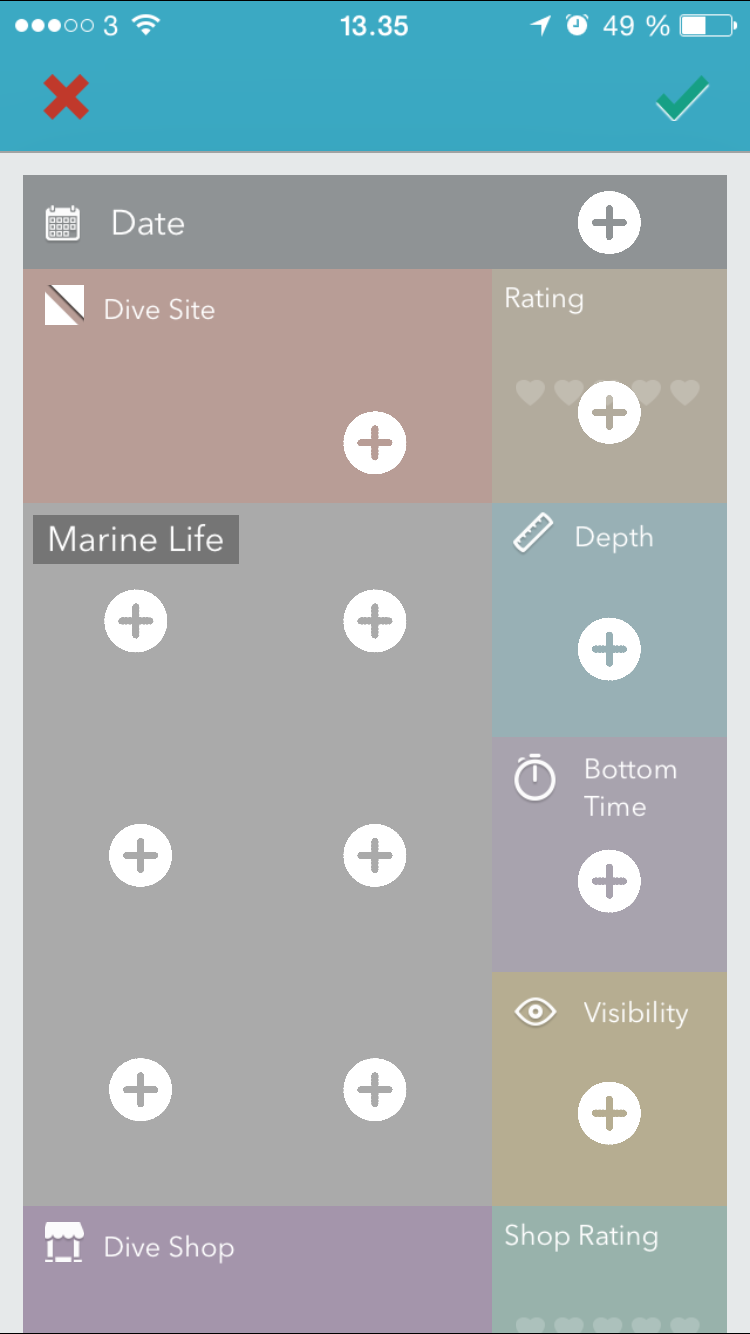There’s no question: divers should log their dives. Pretty much all dive organizations promote this policy, and instructors make a point of teaching the practice. Participate in a guided dive, and you’ll often find the divemaster sharing logging information in person or on a whiteboard wall in the dive shop post-dive.
Logging your dives is important for a number of reasons. First and foremost, this record serves as your documentation of experience, and since a good number of dive sites and dive certifications mandatorily require a certain number of dives, this makes sense. Logged dives also help you remember your dives and specific sites, preparing you to dive the same spot with appropriate exposure protection and gear.
But despite these benefits, the more experienced a diver is, the less likely he or she will be to log their dives. Experienced divers have less need to document dives; instructors, for example, must have a certain number of dives to gain the certification, so their C-cards serve as proof of dives. If you’ve dived enough, you learn to assess things like exposure protection without consulting a log, and there’s the hassle of carrying around a logbook every time you go diving.
Many divers rely on their dive computer as their log, but because dive computers often have finite memory, they only preserve a certain number of hours worth of diving. And while many computers feature the option of transferring log data to a laptop or desktop, many divers end up not doing this after a while either.
A number of dive-log apps are available, too — some better than others, but all of them have one thing in common: they are essentially nothing more than digital versions of an analog log. But now there’s an app that’s trying to up the ante.
The Scuba DiveShare App
Created by divemasters Chuong Van Dang and Ewa Wysocka, the Scuba DiveShare app seeks to take the dive app into the digital age by being more than just a dive log. The idea came about based on Van Dang’s own decade-long quest to dive with whale sharks. Too often, he found that even though dive shops boasted sightings of them, when the divers actually got in the water, they were nowhere to be found. These experiences grew into the idea of a crowd-sourced database of dive sites and actual sightings, as reported by divers, not dive shops.
The first place users will notice the difference with this app is in the interface itself, which, unlike many other dive-log apps, isn’t a digital version of a traditional dive log page. Instead, it features a modern design, with tile-like entry boxes, a highly visual entry format and a strong social-sharing aspect.
The second big difference is truly unique. When you log a dive, you also feed into a database of dives, dive sites and sightings, sharing your dive with other app users. This helps build an unprecedented catalog of information, making the app similar to review sites such as TripAdvisor. Divers can share not only site details and animal sightings, but also dive-shop recommendations. Adding an entry is also much more efficient, as many dive sites around the world are already in the database. A quick search will often provide loads of information for your log that you’d otherwise have to enter manually.
One additional, useful feature is a built-in marine-life database, created by the makers of the app, which essentially works like a wildlife guide. The database includes photos and allows divers to quickly find and log any marine life they’ve spotted.
The app is available on Apple’s App Store now but it’s still under development, with a number of features to come. As the database feeding the app grows, functionalities will improve even further.



